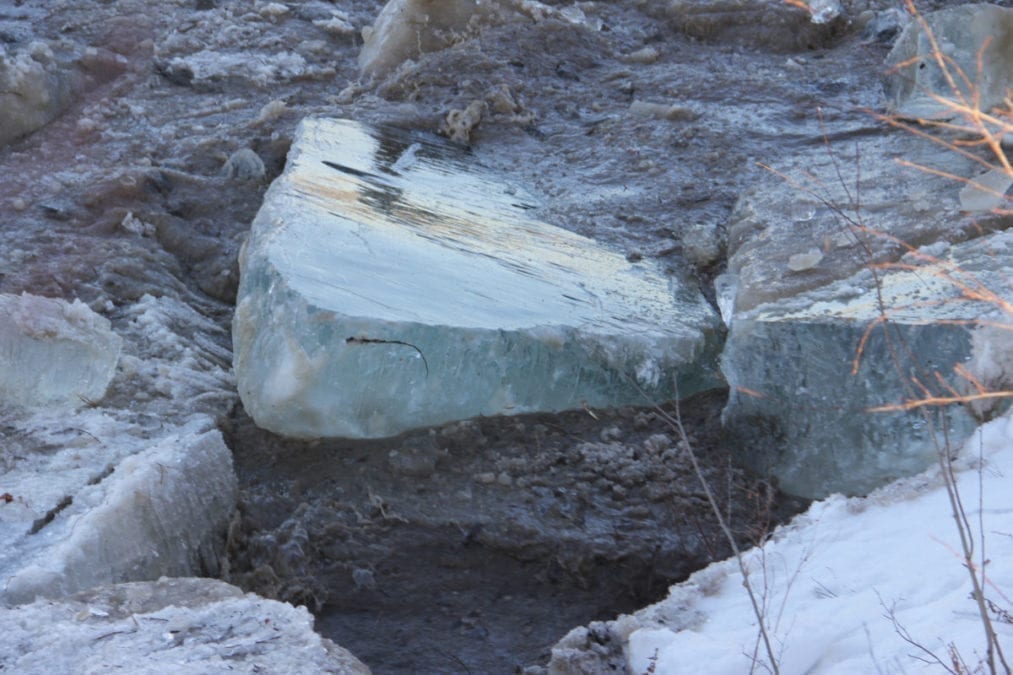A boil-water advisory has been issued for Hay River, the Hay River Reserve, Enterprise and Kakisa.

NNSL file photo
The public health advisory was issued on May 13 by Dr. Kami Kandola, the chief public health officer for the NWT.
Residents of all four communities are being advised to boil their drinking water for at least one minute.
"This advisory is precautionary in nature and is due to higher than normal turbidity (muddy water)," the advisory states. "There have been no illnesses associated with drinking water reported in the community."
The four communities are serviced by the same water supplier, which gets water from Great Slave Lake.
The muddy water in the lake, where there's an intake pipe about eight kilometres from the shore, has been caused by the spring breakup of the Hay River.
"Hay River has an excellent water filtration system. However, at some point, it's not sufficient enough to decrease the turbidity," said Kandola on May 13. "What happens is, when there is increased turbidity in water, the chlorine has difficulty in inactivating bacteria."
Kandola noted such a boil-water advisory is issued every once in a while.
"It's not new to Hay River residents," she said. "We just ask Hay River residents to follow the boil-water advisory as much as possible."
Mike Auge, director of public works with the Town of Hay River, said water quality after breakup depends on Mother Nature and how the breakup goes.
"I would think that the fact that the major part of our breakup ended up flowing through the West Channel this year would be a contributing factor since our intake is closer to the West Channel than the East Channel," he said. "I don't know for certain that that's a factor. It's just something that kind of would make sense to me given where our intake is."
Auge said the turbidity levels started to rise on the evening of May 12 and by the next morning they went over the regulatory limit.
"So we informed the public health officer and that's when they issued the boil-water advisory," he said.
According to the advisory, all water used for drinking, preparing food, hot and cold beverages and ice cubes, washing fruits and vegetables, and dental hygiene must be boiled. That is of particular importance in preparing infant formulas.
People are also advised to not drink water from public drinking fountains.
It's not necessary to boil water used for other household purposes, such as showering, bathing or washing using tap water. However, people must avoid swallowing the water.
Alternatives to boiling water include using bottled water or water that has been processed by distillation, reverse osmosis, or filtered using a filter size of one micron absolute or less.
The advisory noted that Brita-type drinking water filters, which use activated carbon filters, are not a safe method for treating water during a boil-water advisory, since they do not disinfect the water.
Kandola, in collaboration with the Town of Hay River, will monitor the situation and advise when the advisory is lifted.
Aside from this year, the most recent boil-water advisory in the Hay River area was in 2018 for a relatively-short five days.
There were also boil-water advisories issued in 2007, 2008, 2009 and 2011.